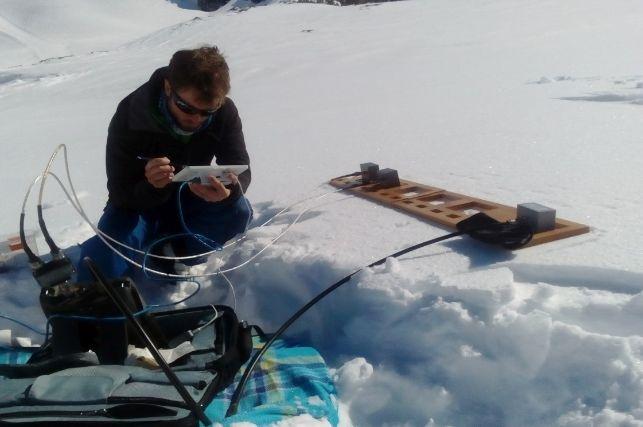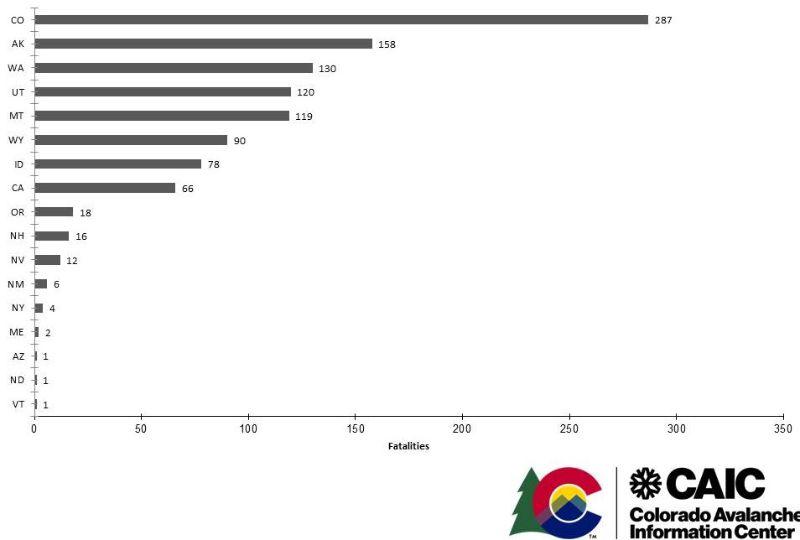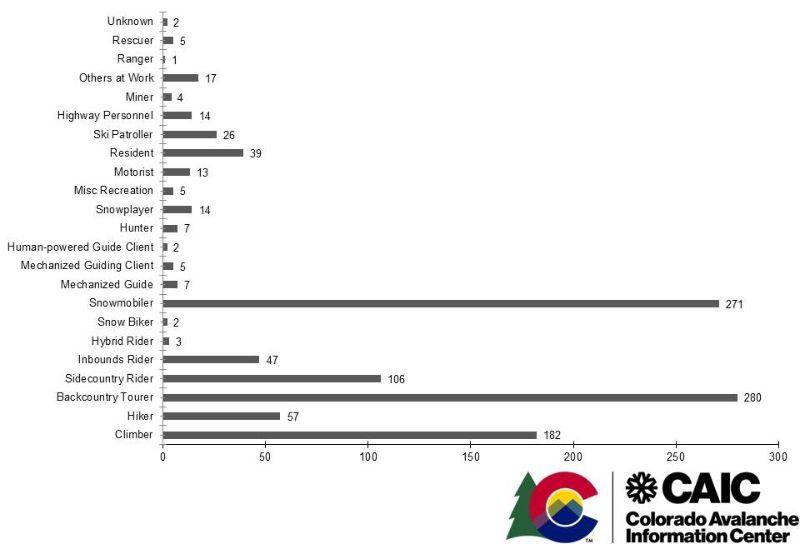How a School in Italy and a FieldFox are Making Avalanche Prediction Easier
Several of Keysight’s U.S. offices are located in Colorado — known for its dramatic mountain landscapes and, of course, its ski resorts.
Backcountry skiing and snowboarding entails doing those exact sports but outside of resort boundaries. Some people refer to this terrain as “off-piste”. In the backcountry, you will find untouched powder, no crowds, and peacefulness. Sounds wonderful, right? Well, it is! But it can be gravely costly. As costly as losing your life.
In this blog, I will introduce the avalanche trends in Colorado, explain how you traditionally predict them, and describe what causes an avalanche. Then, I will tell you how the University of Pavia used Keysight’s FieldFox to create a new method of avalanche prediction.
History of Avalanches in Colorado
Between January 1, 2019 and November 22, 2019, the Colorado Avalanche Information Center (CAIC) received 3,489 avalanche observations. And that number only reflects avalanches that someone saw and submitted to their website. In January alone, they recorded 1,190 avalanches.
Unfortunately, 8 people were buried and killed in some of those avalanches.
According to CAIC, Colorado has the most avalanche fatalities than any other state in the United States as of November 22, 2019. See Figure 1.
And of those fatalities in the US, backcountry skiers and snowboarders (also called tourers) made up the largest population of victims as of November 22, 2019. See Figure 2.
Luckily, technology is moving in a direction where those numbers may reduce, or better yet, disappear.
How You Traditionally Predict an Avalanche and What Causes Them to Slide
Mitigating the risks of avalanches starts with educating yourself. Any backcountry traveler should take an avalanche education course, carry all the necessary safety gear, and make smart decisions. That last part is hard to accomplish since it’s such a subjective thing.
As part of an avalanche education course, you learn how to dig pits in the snow to evaluate the snowpack and predict an avalanche. Digging a pit is extremely time-consuming and strenuous. But it’s necessary to make smart decisions.
When you dig to the ground in Colorado, you usually find a few layers of soft snow and a few layers of hard, crusty snow. Pressure and forces from above (like a backcountry tourer) can disturb the snowpack and release an avalanche. Avalanches slide on that hard, crusty snow layer.
Colorado has many hard layers in the snowpack due to the amount of sun it receives. As the sun warms the snow during the day, it melts. Then it freezes over at night. Then soft new snow falls on it the next day and voilà! You have yourself a persistent slab problem. Persistent slab avalanches can be the most catastrophic and destructive.
A Solution from the University of Pavia
In an effort to better predict avalanches, the University of Pavia came up with an alternative to pit-digging. They created a radar system called SNOWAVE. SNOWAVE sits on top of the snow and does not require you to dig a pit. It consists of a dual-receiver radar with one transmitter and two receivers, each connected to a radiator.
When connected to Keysight’s FieldFox, shown in Figure 3, SNOWAVE can measure the propagation distance, wave speed, and attenuation of the snowpack from the surface. From that data, the system can estimate snow depth, density, and liquid water content without the use of any other equipment. The results are similar to digging a pit and looking at the layers, except no digging is involved at all.
When the team tested the system at altitudes up to 9,842 ft., they were able to validate its measurement accuracy and feasibility. Their system detected the reflection from the ground and all of the internal layers of the snowpack. Figure 4 shows their results from two different experiments. The red lines represent layers found during a manual pit analysis.
The research team chose FieldFox because of its portability, ruggedness, and network analyzer capabilities. With the help of FieldFox, the team was able to accurately predict snowpack characteristics comparable to a manual pit evaluation. Read more about the University of Pavia’s design in this case study.





